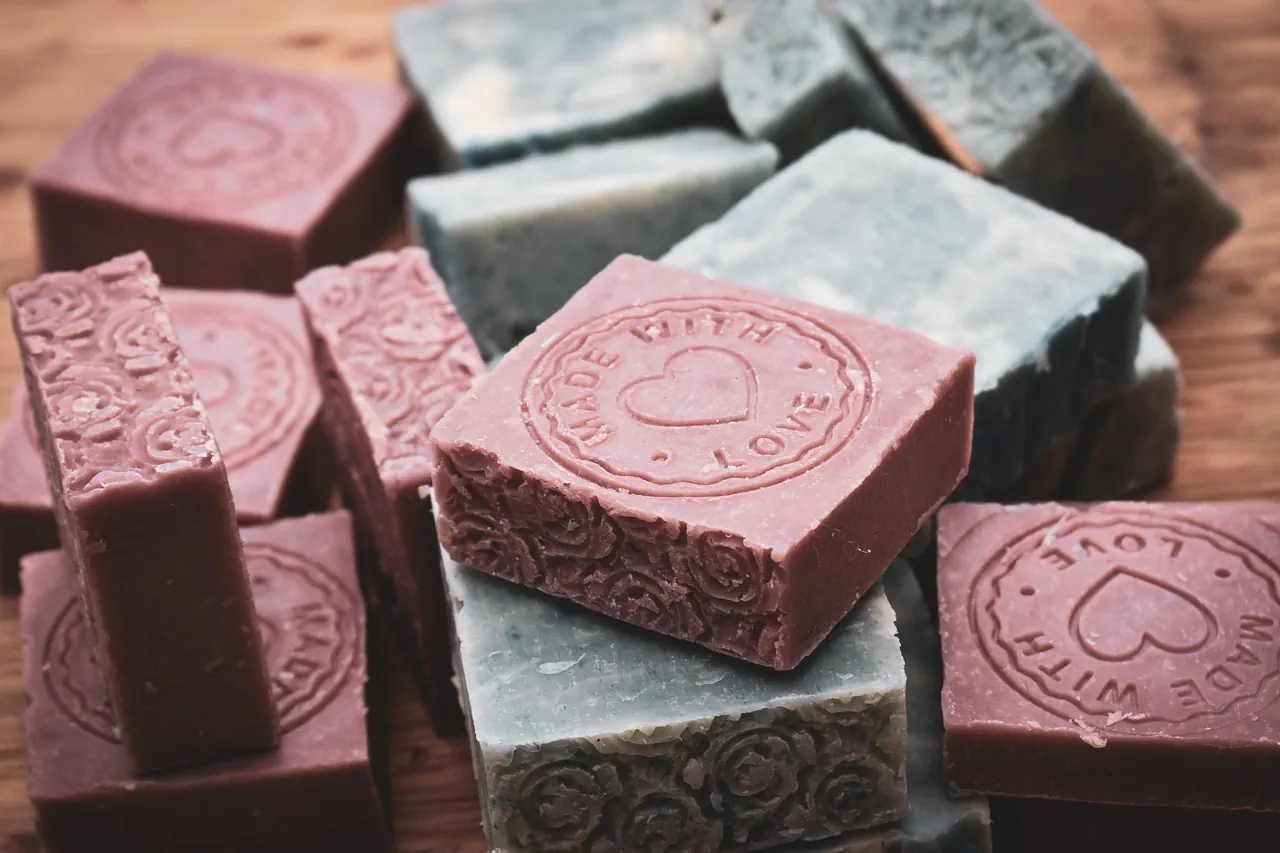How To Make Money Selling Soap in 2023 (Complete Guide)
Making and selling your own soap can be a profitable venture, especially if you are passionate about creating natural, skin-friendly products. In this article about how to make money selling soap, we will cover the basics of starting a soap-making business, including conducting research and planning, choosing ingredients and equipment, developing recipes, packaging and labeling your soap, marketing your products, managing your business, and more.
What is Soap and What is It Good For?
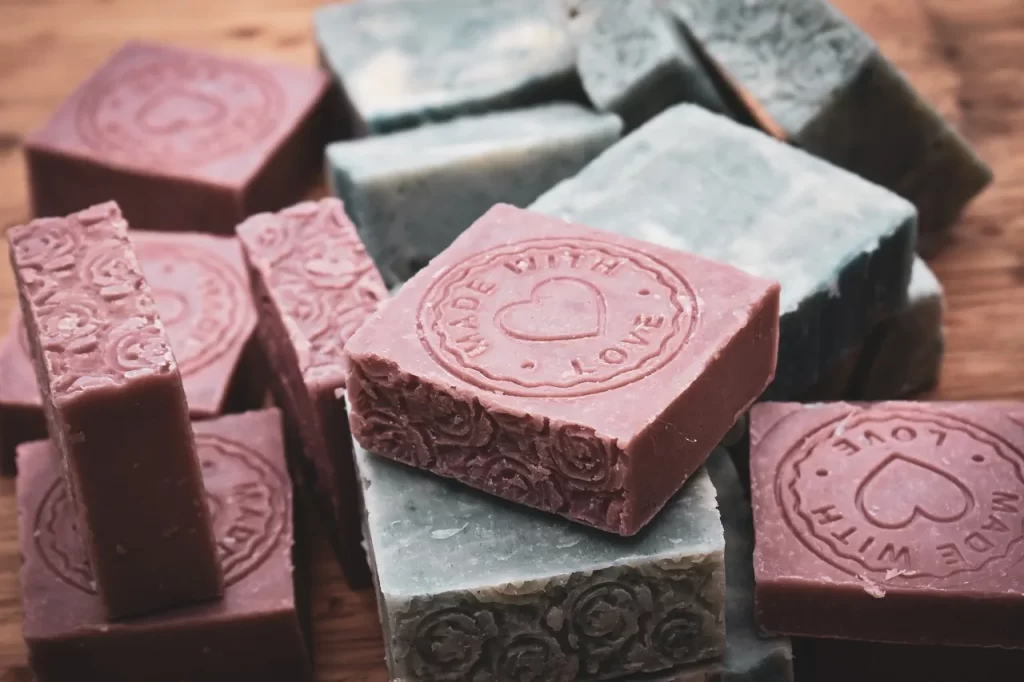
Soap is a cleaning agent that is made by combining fats or oils with an alkaline substance, such as lye. It works by breaking up the grease and dirt on surfaces and suspending them in water, allowing them to be easily washed away. Soap has been used for centuries as a cleaning and disinfecting agent, and today it is an essential household item. When used with water, it creates a lather that helps to remove dirt and germs from the skin and surfaces.
Soap is made by a process called saponification, which involves mixing fats or oils with an alkaline substance, such as lye or sodium hydroxide. This reaction produces soap and glycerin as byproducts. The type of fat or oil used, as well as the amount of alkaline substance, determines the specific properties and characteristics of the resulting soap.
Different Kind of Soap
There are many different types of soap, including liquid soap, bar soap, and hand sanitizer. Each type is formulated to clean specific surfaces or skin types. For example, liquid soap is typically used for hand-washing, while bar soap is more suitable for cleaning surfaces. Hand sanitizer, on the other hand, is a quick and convenient way to disinfect the hands without the need for water.
There are many different types of soap, here is a list with the most common ones:
- Liquid soap is a soap that is typically used for hand-washing and is dispensed from a pump or dispenser.
- Bar soap is a solid form of soap that is formed into a bar shape and is typically used for washing the body or cleaning surfaces.
- Hand sanitizer usually has a gel or liquid form of soap that is applied to the hands and does not require water. It is used for disinfecting the hands and killing germs.
- Antibacterial soap is a type of soap that is formulated with added ingredients, such as triclosan, that kill bacteria and other germs.
- Castile soap is a soap that is made from vegetable oils, such as olive oil, and does not contain animal fats. It is gentle on the skin and suitable for sensitive skin.
- Beauty bar is a different type of soap that is formulated with added ingredients, such as moisturizers and fragrances, to improve the condition of the skin and make it more attractive.
- Medicated soap is a type of soap that is often used in hospitals and is formulated with added ingredients, such as salicylic acid or benzoyl peroxide, to treat skin conditions and infections. These ingredients can help to kill bacteria and other germs on the skin, and can also help to treat acne and other skin conditions. Medicated soap is an important tool in hospitals and other health care settings, where it is used to help prevent the spread of infection.
There are many other types of soap available, and new varieties are constantly being developed.
How To Make Money Selling Soap
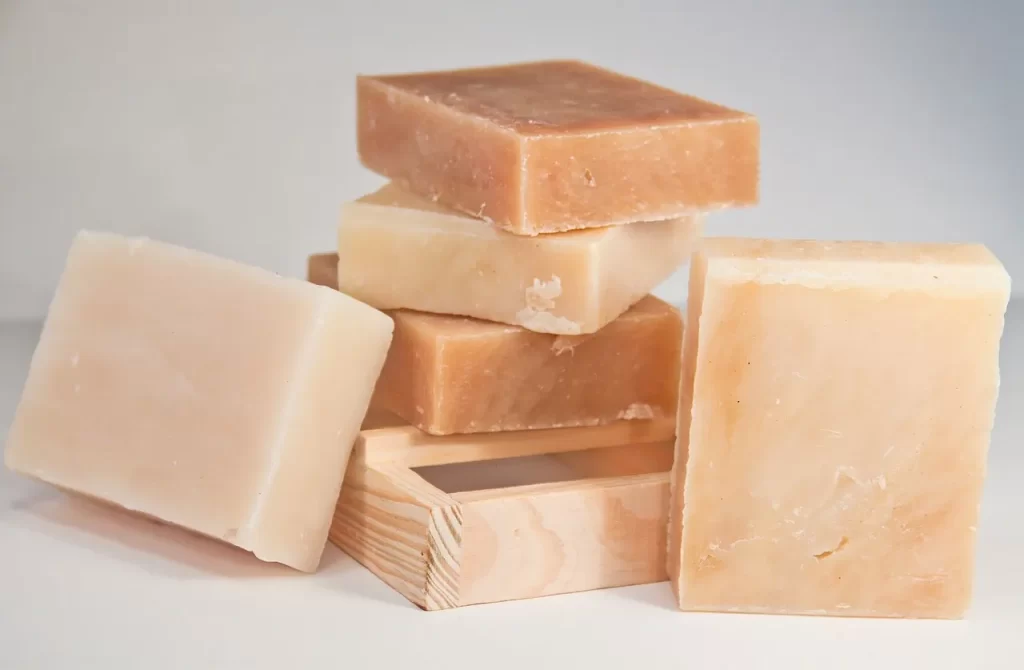
If you are interested in making money by selling soap, there are a few different options to consider. Here are some ideas:
Make Your Own Homade Soap
To make your own soap, you will need the following ingredients and materials:
- Fat or oil, this is the main ingredient in soap, and can be any type of fat or oil, such as coconut oil, olive oil, or vegetable oil. The type of fat or oil you use will determine the properties and characteristics of the resulting soap.
- Lye, also known as sodium hydroxide, is a caustic substance that is used to convert the fat or oil into soap. It is highly alkaline, so it is important to handle it with care and wear gloves and safety goggles to protect yourself.
- Water is used to dissolve the lye and mix it with the fat or oil. It is important to use distilled water to prevent any impurities from affecting the quality of the soap.
- Essential oils are added to the soap to give it a pleasant aroma and can also provide other benefits, such as moisturizing the skin.
- Other ingredients: You can also add other ingredients to your soap, such as herbs, seeds, or colorants, to create a unique and personalized product.
To make the soap, follow these steps:
- Mix the lye and water in a well-ventilated area, using a plastic or stainless steel container. Stir the mixture carefully to dissolve the lye, and then set it aside to cool.
- In a separate container, heat the fat or oil until it is melted.
- Slowly add the lye mixture to the melted fat or oil, stirring constantly to combine the ingredients.
- Continue stirring the mixture until it thickens and becomes cloudy, which indicates that the soap is starting to form. This process is called saponification, and it can take several hours to complete.
- Once the soap has thickened, you can add any essential oils or other ingredients that you want to include. Stir them in well to ensure that they are evenly distributed throughout the soap.
- Pour the soap mixture into a mold and let it cool and harden for several hours or overnight. You can use a variety of molds, such as a loaf pan or silicone mold, to create different shapes and sizes of soap.
- Once the soap is hardened, carefully remove it from the mold and cut it into individual bars. Let the bars cure for several weeks, which allows the soap to fully harden and become milder and longer-lasting.
- After the curing process is complete, your soap is ready to use! Store it in a cool, dry place, and enjoy the benefits of your homemade creation.
Potential Earnings Calculation
You need to consider several factors, including the cost of the ingredients, the time and labor involved, and the price at which you would sell the finished product.
Example:
Let’s say that you want to make a batch of homemade soap that requires the following ingredients:
- 1 pound of coconut oil, which costs $8
- 2 ounces of lye, which costs $3
- 2 ounces of essential oil, which costs $5
- 2 cups of distilled water, which costs $0.50
In total, the ingredients for this batch of soap would cost $16.50. Let’s also assume that it takes you 1 hour to make the homemade soap, and you value your time at $15 per hour. This means that the labor cost for this batch of soap would be $15.
Assuming that you want to sell the finished bars of soap for $5 each, you would need to sell at least 3 bars to break even on your costs. If you were able to sell all 4 bars of soap that this recipe would produce, you would earn a profit of $7.50.
Resell Soap
To start reselling soap, you will need to decide on the type of soap you want to sell, find a supplier for the soap, and then create a plan for marketing and selling the soap.
First, consider the type of soap you want to sell. This could be a specific brand of soap, a type of soap made from natural ingredients, or a handmade soap that you make yourself. Consider the target market for the homemade soap, such as people with sensitive skin, people who are looking for natural or organic products, or people who are interested in a luxury or high-end soap.
Next, find a supplier for the soap. If you are planning to sell a specific brand of soap, you can contact the manufacturer directly to inquire about wholesale prices and terms. If you are planning to make your own soap, you will need to purchase the ingredients and equipment needed to make the soap.
Once you have a source for the soap, you can create a plan for marketing and selling the soap. This could involve setting up a website or an online store to sell the soap, or selling the soap in person at markets or events. You will also need to decide on a pricing strategy and create marketing materials, such as brochures or flyers, to promote the soap.
Selling soap can be a profitable business venture. It is important to carefully research the market and the competition, and to develop a unique selling proposition to differentiate your soap from other products available on the market.
Potential Earnings Calculation
Reselling homemade soap, you would need to consider several factors, including the cost of the soap, the price at which you sell the soap, and any expenses associated with marketing and selling the soap.
Example:
Let’s say that you want to resell a brand of soap that costs you $3 per bar to purchase from the supplier. You decide to sell the soap for $5 per bar, which is a markup of 66.7% over the cost price. If you are able to sell 100 bars of soap per month, your monthly revenue would be $500.
However, you also need to consider any expenses associated with marketing and selling the soap. Let’s say that you spend $100 per month on advertising and marketing, and $50 per month on packaging and shipping. This would leave you with a profit of $350 per month from selling the soap.
The actual costs and earnings from reselling soap would depend on many factors, such as the cost of the soap, the price at which you sell it, and the expenses associated with marketing and selling the soap.
Sell Soap Making Kits
To start selling soap-making kits, you will need to choose the type of kits you want to offer, acquire the materials and tools necessary for soap-making, and develop a plan for marketing and selling the kits.
First you need to consider the type of kits you want to sell. This could be a basic soap-making kit that includes the ingredients and instructions needed to make a simple bar of soap, or a more advanced kit that includes a wider range of ingredients and tools for making more complex soaps. Consider the target market for the kits, such as beginners who are interested in learning how to make soap, or experienced soap makers who are looking for new ingredients and techniques to try.
Source the materials and equipment needed to make the soap. This could involve purchasing the ingredients, such as oils, lye, and essential oils, as well as the containers, molds, and other tools needed to make the homemade soap. Consider the cost of these materials and how much you will need to charge for the kits in order to make a profit.
Once you have the materials and equipment needed to make the soap, you can create a plan for marketing and selling the kits. This could involve setting up a website or an online store to sell the kits, or selling the kits in person at markets or events. You will also need to decide on a pricing strategy and create marketing materials, such as brochures or flyers, to promote the kits.
Potential Earnings Calculation
You would need to consider several factors, including the cost of the materials and equipment included in the kits, the price at which you sell the kits, and any expenses associated with marketing and selling the kits.
Example:
You want to sell a basic soap-making kit that includes the ingredients and instructions needed to make a simple bar of soap. The materials and equipment for this kit cost you $15 to purchase from the supplier. You decide to sell the kit for $25, which is a markup of 66.7% over the cost price. If you are able to sell 100 kits per month, your monthly revenue would be $2,500.
You also need to consider any expenses associated with marketing and selling the kits. Let’s say that you spend $200 per month on advertising and marketing, and $100 per month on packaging and shipping. This would leave you with a profit of $2,200 per month from selling the kits.
Creative Things To Make With Soap
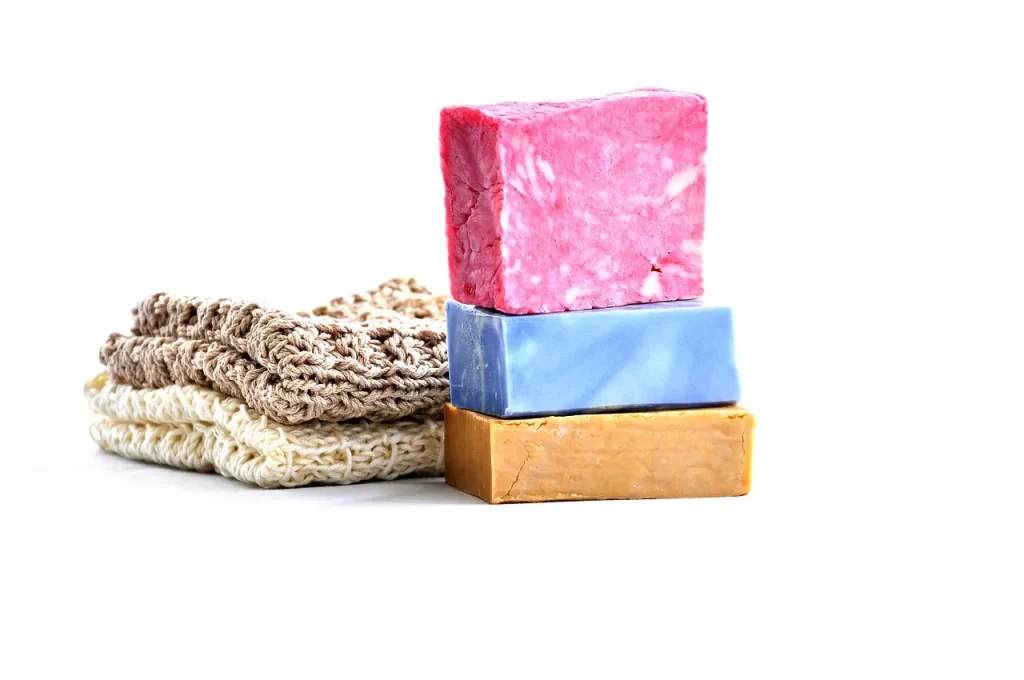
There are many creative things that you can make with soap, including:
- Sculptures: You can use soap as a medium for creating sculptures and other art projects. You can carve, mold, and shape the soap into a variety of shapes and figures, and then add color or other decorative elements to make the soap more interesting and unique.
- Fflowers: You can use soap to make realistic-looking flowers that can be used as decorations or gifts. To make soap flowers, you can use a silicone mold to shape the soap into petals and other flower parts, and then add color and scent to make the flowers more realistic.
- Jewelry: You can use soap to make beautiful and unique pieces of jewelry, such as pendants, earrings, and bracelets. You can carve or mold the soap into different shapes and designs, and then add color, glitter, or other decorative elements to make the jewelry more interesting and attractive.
- Ornaments: You can make small ornaments out of soap that can be used to decorate your home or give as gifts. You can make soap ornaments in a variety of shapes, such as stars, hearts, or snowflakes, and then add color and scent to make them more appealing.
- Stamps: You can make your own soap stamps by carving or molding the homemade soap into a desired shape, such as a letter or a symbol. You can use these stamps to add patterns and designs to your soap, or to make custom-branded soaps for your business.
How Much Money Can You Make Selling Homemade Soap
Here is an example calculation of how much a person could potentially earn from selling soap as a side hustle.
Let’s say a person sells handmade soap bars for $5 each and they are able to make and sell 20 soap bars per week. That means they would earn $100 per week in sales ($5 x 20 soap bars = $100).
Now, let’s say they have expenses of $30 per week for the ingredients and packaging. That means they would have a profit of $70 per week ($100 in sales – $30 in expenses = $70 in profit).
Over the course of a year, the person would earn $3,640 in profit ($70 in profit x 52 weeks in a year = $3,640).
Where to Sell Soap?
There are many places where a person could sell soap, such as at local craft fairs, farmers markets, and online through platforms like Etsy or their own website. Selling soap at local stores or boutiques is another option, or a person could even try to sell their soap wholesale to larger retailers. It’s important to research the different options and choose the ones that are most likely to be successful for the person and their soap business.
Here is a list with different sites you can sell your products online:
- Etsy
- eBay
- Amazon Handmade
- ArtFire
- Zibbet
- Bonanza
- Handmade at Amazon
- Folksy
- Zazzle
- Society6
- Big Cartel
Alternatives To Selling Homemade Soap
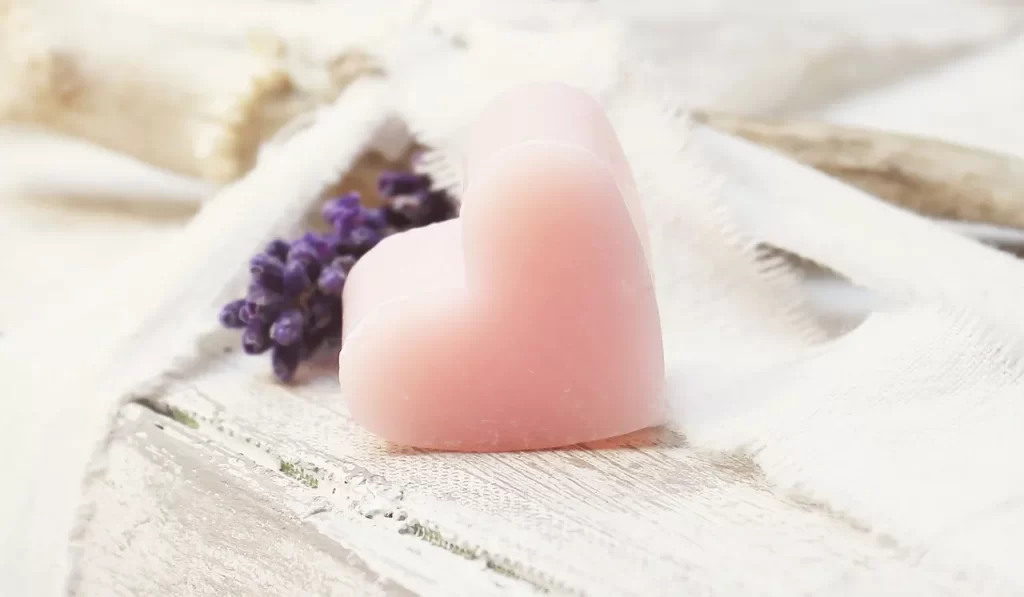
If you are interested in making and selling soap but are looking for alternatives to selling it directly, there are a few options you might consider. For example, you could:
- Instead of selling the finished product, you could sell the ingredients and supplies needed to make soap at home. This could include items like soap base, essential oils, molds, and other tools.
- Instead of selling individual soap bars, you could offer a subscription service where customers receive a regular delivery of soap bars. This can create a recurring revenue stream for your business.
- Another option is to sell your soap wholesale to retailers, such as gift shops or boutiques. This allows them to resell your soap to their customers, and you can often sell your products in larger quantities at a lower price.
- You could sell finished soap bars, you could create a kit that includes all of the ingredients and instructions needed for someone to make their own soap at home. This can be a fun and unique way to sell your product.
Is Selling Soap a Good Business Idea
Selling soap can be a good business idea, but like any business, it has its own challenges and potential risks. Some potential advantages of selling soap as a business include:
- Low startup costs: Making soap at home can be relatively inexpensive, especially if you use basic ingredients and tools. This means you can start your business with a relatively small investment.
- High demand: Soap is a common household item that people use every day, so there is always a demand for it. This can make it easier to sell your products and generate revenue for your business.
- Opportunities for creativity: Making soap at home allows you to be creative and make unique, handmade products that are different from what you can find in stores. This can help your business stand out and attract customers who are looking for something special.
On the other hand, there are also some potential challenges and risks to consider.
- Competition: There are many other soap makers and small businesses that sell soap, so it can be difficult to stand out and compete in the market. This means you will need to find ways to differentiate your products and make them appealing to customers.
- Limited sales channels: Depending on where you live, there may be limited opportunities to sell your soap, such as at local craft fairs or farmers markets. This can make it harder to reach customers and generate revenue for your business.
- Regulation: Depending on where you live, there may be regulations around making and selling soap. For example, you may need to register your business and follow certain rules around labeling and packaging your products. It’s important to research and understand the regulations that apply to your business.
Overall, whether or not selling soap is a good business idea will depend on your own circumstances and goals. It can be a rewarding and profitable venture, but it also requires careful planning, hard work, and dedication to succeed.
Conclusion
I hope there is no question on how to make money selling soap after reading this article. Making and selling your own soap can be a profitable and fulfilling venture. By conducting research and planning, choosing the right ingredients and equipment, developing unique recipes, packaging and labeling your soap professionally, marketing your products effectively, and managing your business carefully, you can build a successful business and enjoy the rewards of your efforts.
Related:

